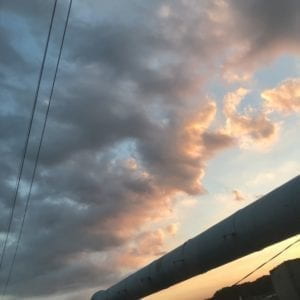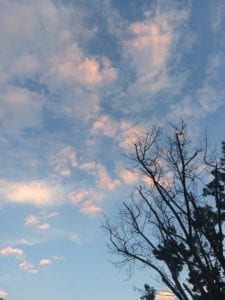Link: https://imanas.shanghai.nyu.edu/~jhr360/week2/index.html
I found using CSS to be frustrating at first, since there so many ways to format a website and I didn’t any prior knowledge of any of the functions. However, I did find that the process gets easier the more I tinkered with it, and it soon became more satisfying than annoying.
I mostly had issues with the footer, though the site w3schools was extremely helpful in that respect. I also struggled a lot with the flex container and its components. Trying to edit the margins and padding of the boxes became frustrating, though I eventually figured it out.





